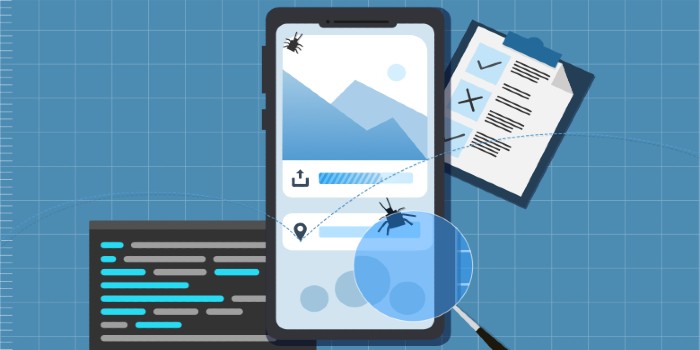Software testing is a crucial aspect of the software development process ensuring that the final product is high quality, reliable and meets customer expectations. However, if ineffective, the testing process can be complex, time-consuming, and expensive. In this blog post, we will discuss some best practices for effective software testing that can help to optimize the testing process and deliver high-quality software.
- Define clear objectives and requirements: Before starting the testing process, it is essential to define clear goals and requirements that need to be tested. This will help to focus the testing efforts and ensure that the final product meets the desired quality standards.
- Develop a comprehensive testing plan: A well-defined testing plan is critical to the success of the testing process. The plan should include the scope of testing, testing types, testing tools, and testing timelines. The testing plan should be reviewed and updated regularly to ensure that it is aligned with the project’s goals and objectives.
- Adopt a structured testing approach: A structured testing approach involves breaking down the testing process into smaller, manageable steps, and following a consistent testing methodology. This approach helps to ensure that all aspects of the software are thoroughly tested and that all potential defects are identified and addressed.
- Choose the most appropriate testing technique: There are various testing techniques available, and it is essential to choose the most appropriate technique for the software being developed. Common testing techniques include functional testing, performance testing, security testing, and usability testing.
- Utilize automation testing: Automation testing can significantly increase testing efficiency and reduce testing time and costs. Automation testing tools can be used to automate repetitive and time-consuming testing tasks, such as regression testing, and can help to identify defects early in the development cycle.
- Test early and often: Testing early and often is critical to ensuring that defects are identified and addressed before they become more complex and costly to fix. This can be achieved through the use of continuous integration and continuous testing, which involves testing each code change as it is committed to the repository.
- Collaborate with stakeholders: Collaboration with stakeholders, including developers, product owners, and end-users, can help to ensure that the testing process is aligned with the project’s goals and objectives. It can also help to identify potential defects early in the development cycle and ensure that the final product meets customer expectations.

In conclusion, effective software testing is critical to delivering high-quality software that meets customer expectations. By adopting best practices such as defining clear objectives and requirements, developing a comprehensive testing plan, adopting a structured testing approach, using appropriate testing techniques, utilizing automation testing, testing early and often, and collaborating with stakeholders, software development teams can optimize the testing process and deliver high-quality software in a cost-effective and timely manner.



